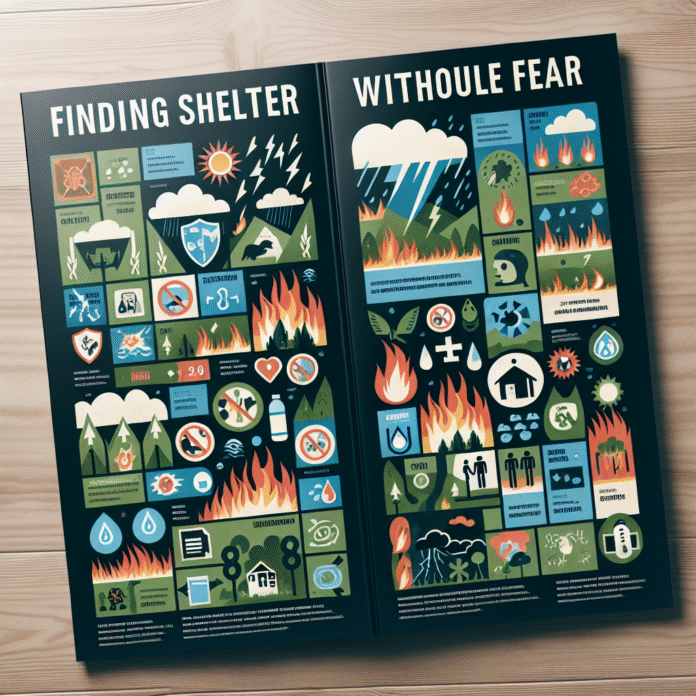Emergency Preparedness for Wildfires and Extreme Weather
“`html
EMERGENCY: Beat the Heat: How to Respond to Wildfires and Extreme Weather
As climate change continues to exacerbate severe weather conditions, communities must remain vigilant and prepared for emergencies such as wildfires and extreme heat events. Understanding how to respond effectively can make a significant difference in ensuring safety and minimizing damage.
Preparing for Wildfires
Wildfires can spread rapidly, fueled by dry conditions and strong winds. Here are essential steps to take in the event of a wildfire:
- Create a Defensible Space: Clear flammable vegetation and debris from around your home. Maintain a buffer zone of at least 30 feet to slow the spread of fire.
- Have an Emergency Kit Ready: Prepare a kit that includes essentials such as water, non-perishable food, medications, important documents, and a flashlight.
- Stay Informed: Monitor local news and weather reports for updates on wildfire activity. Use apps or alerts to receive real-time information.
- Evacuation Plan: Establish a clear evacuation route and communicate it with family members. Practice this plan regularly.
Responding to Wildfires
If a wildfire threatens your area, follow these steps:
- Evacuate Early: If authorities issue an evacuation order, leave immediately. Do not wait until the last minute.
- Follow Emergency Services: Adhere to instructions from local emergency management officials and follow designated evacuation routes.
- Protect Yourself: If caught in a wildfire, find an area of bare soil or a body of water to shelter in. Cover your mouth with a cloth to avoid inhaling smoke.
Dealing with Extreme Heat
Extreme heat can lead to heat-related illnesses such as heat exhaustion or heat stroke. Here’s how to stay safe:
- Stay Hydrated: Drink plenty of water throughout the day, even if you don’t feel thirsty. Avoid alcohol and caffeine as they can dehydrate you.
- Limit Outdoor Activities: Avoid strenuous activities during peak heat hours, typically between 10 a.m. and 4 p.m.
- Seek Cool Areas: Stay indoors in air-conditioned spaces or find public cooling centers in your community.
- Monitor Vulnerable Individuals: Check on elderly neighbors, young children, and people with health issues to ensure they are coping well in the heat.
Community Resources
Many communities offer resources to help residents prepare for and respond to wildfires and extreme weather. Local fire departments often provide safety workshops, and public health organizations may host classes on heat safety. Additionally, many areas have established alert systems to keep residents informed during emergencies.
Conclusion
Being proactive and prepared can significantly enhance your safety and that of your loved ones during wildfires and extreme weather conditions. Stay informed, make a plan, and take action to protect yourself and your community.
“`


